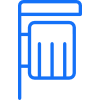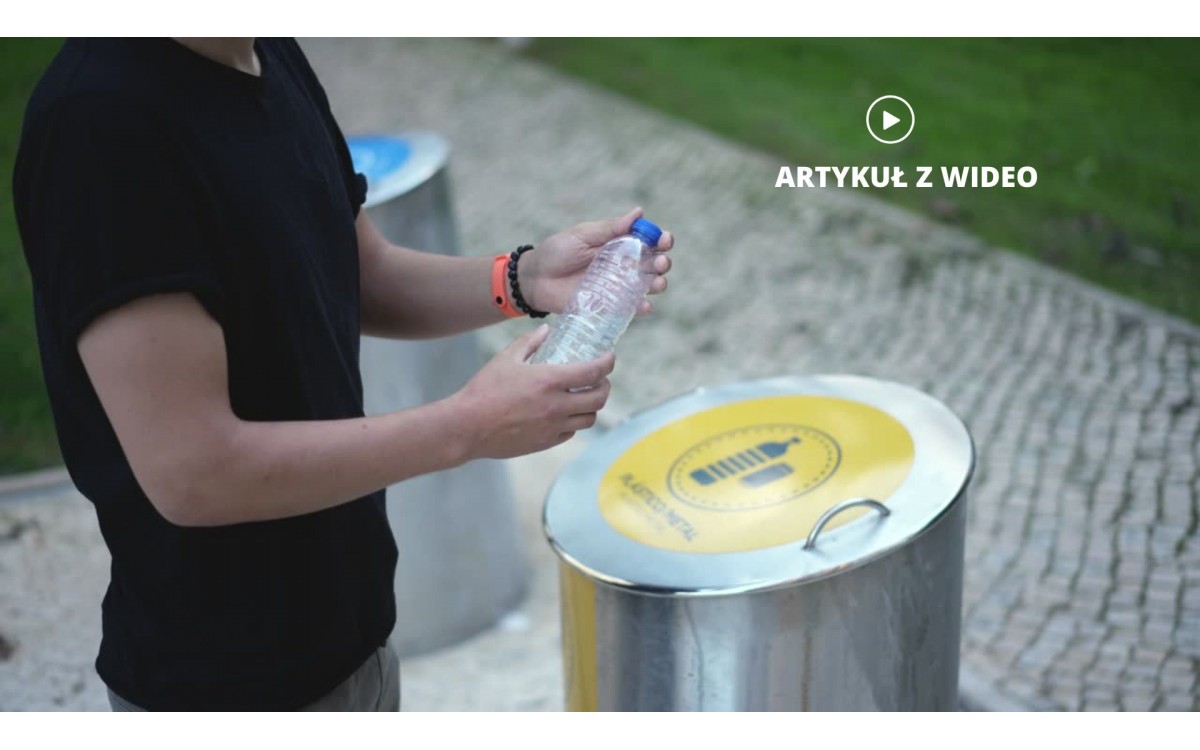How to sort waste and why is it important?
What are the benefits of waste segregation?
If you want to learn more about the benefits of waste segregation, we invite you to watch our video. In it, we will present you with several examples of how waste segregation improves people's quality of life and protects nature. Watch the video and see for yourself!
How to properly sort waste?
To properly sort waste, you need to know the rules for each waste fraction. In Poland, there is a division into four main fractions and several sub-fractions:
- biowaste - these are plant or animal waste, such as food scraps, coffee grounds, egg shells, leaves, grass, etc. Biowaste should be thrown into a brown container or composter.
- plastics + metal - these are waste from plastics or metal, such as plastic packaging, cans, milk or juice cartons, etc. Packaging should be thrown into a yellow container or bag.
- glass - these are glass packaging, such as bottles, jars, etc. Packaging should be thrown into a green container or bag
- paper - these are paper or cardboard waste, such as newspapers, magazines, books, leaflets, clean egg packaging, etc (dirty packaging goes into mixed waste). Paper should be thrown into a blue container or bag.
- mixed - these are other waste not suitable for recycling or composting, such as disposable diapers, used paper towels, receipts, dirty pizza packaging or meat scraps, etc. Mixed waste should be thrown into a black container or bag.
NOTE: The rules in each municipality are different, so it is necessary to familiarize yourself (and stay up to date) with the rules applicable to your place of residence!









 Waste Containers
Waste Containers Waste Bins
Waste Bins Street And Park Waste Bins
Street And Park Waste Bins Sand And Salt Containers
Sand And Salt Containers Hazardous Waste Containers
Hazardous Waste Containers House And Garden
House And Garden Park Benches
Park Benches

